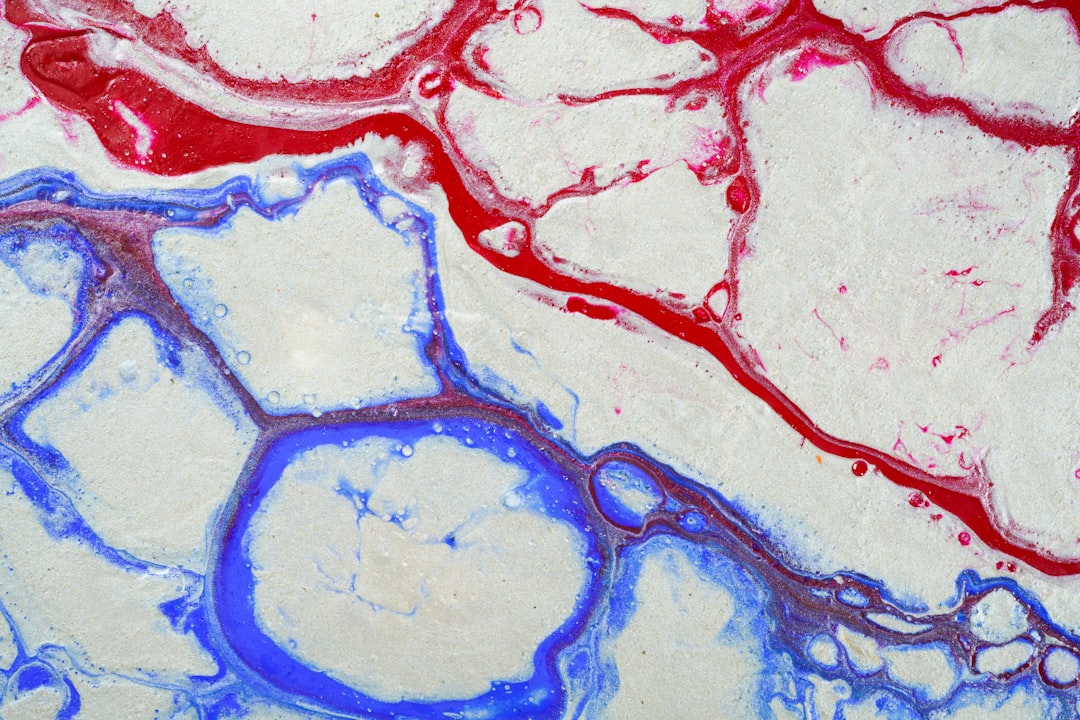What is it about?
This research shows that a Z chromosome gene controls the choice between the gonad becoming an ovary or a testes. Males birds have two Z chromosomes and two copies of the DMRT1 gene and form testes. Females have a single Z chromosome and one copy of the DMRT1 gene and form an ovary. We genome edited male chicken to have a single copy of the DMRT1 gene and these males formed an ovary.
Featured Image

Photo by Daniel Tuttle on Unsplash
Why is it important?
Egg production depends on producing layer hen chicken. An equal number of layer male chicks are hatched and these males are culled. This is a growing welfare concern. One solution would be to switch the sex (sex reverse) male chicken so that they can lay eggs. Our research shows that male chickens with an ovary cannot lay eggs, the gonad of these birds is sex reversed but the body of the chicken is still male. This means that another solution will need to be found to reduce the number of male birds.
Perspectives
This research makes use of sterile surrogate chicken developed in my laboratory. Using this surrogate host to carry the male genome edited reproductive cells, we were able to directly breed many of the genome edited offspring. We feel this is a 3R approach for breeding genome edited chicken for research.
MIKE mcgrew
University of Edinburgh
Read the Original
This page is a summary of: Primary sex determination in birds depends on DMRT1 dosage, but gonadal sex does not determine adult secondary sex characteristics, Proceedings of the National Academy of Sciences, March 2021, Proceedings of the National Academy of Sciences,
DOI: 10.1073/pnas.2020909118.
You can read the full text:
Contributors
The following have contributed to this page










